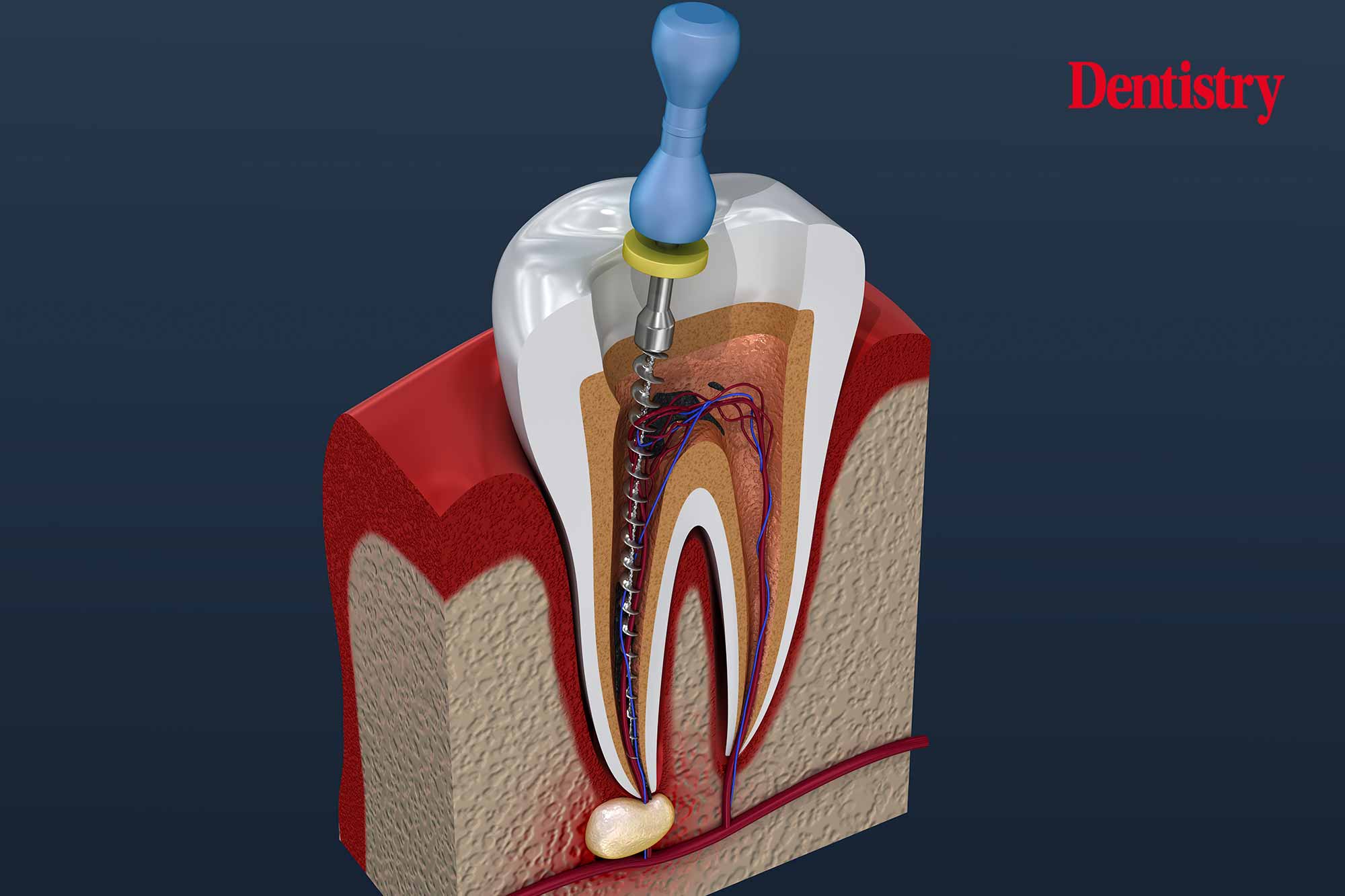
Paul Lambden explains why keeping on top of clear, documented communication is so critical in endodontics, including root treatment.
Claimant solicitor firms are lodging increasing numbers of claims against dentists in respect of root canal treatments. For lawyers, identifying a problem may be easy because the information they need to succeed in a claim will be visible by examining the patient, reviewing the X-rays or reading the notes.
Dentists often do the right things and provide care to the best of their ability, but fall prey to claimant lawyers because they do not take the appropriate actions, not only to explain, but to document events and all risks at each stage.
Effective protocols for root treatment
Most claims could be avoided by ensuring compliance with a number of simple steps:
- Ensure there is an up-to-date preoperative radiograph
- Tell the patient about the situation with the tooth. Explain that:
- The tooth is in very poor condition and if root treatment fails, extraction is the only alternative. Root treatment is a last chance option
- Tell them that root treatments may be difficult and may fail because the tooth is cracked or too carious. The roots may be too curved, the canals too fine or sclerosed. An instrument may fracture in the canal. Hypochlorite may rarely leak. Make clear that root treatment does not guarantee the retention of the tooth. Document these warnings
- Always use a rubber dam. It is now considered negligent by many not to do so
- If the patient elects not to have treatment because the tooth is not painful, make sure it is understood that the tooth root is infected, that it will flare up at some time, the infection may spread and the patient become unwell. Document these warnings
- Remember GDC Standard 7.2.2: ‘Only deliver treatment and care if you are confident that you have had the necessary training and are competent to do so. If you are not confident to treat, you must refer the patient to an appropriately trained colleague’
- Make sure you have a postoperative radiograph that clearly shows root apices.
Final warnings
It is important to warn the patient that root-treated teeth are brittle and may subsequently need to be crowned.
Finally, emphasise that root treatments may fail even when well done.
To be safe, ensure that all risks as above are documented.
If you elect to proceed with root treatment but find it too difficult, stop. Notify the patient, explain the options and make necessary arrangements. Do not raise the patient’s expectations too high: many root treatments eventually fail.
With good, comprehensive records, documentation of risks, appropriate consent and clear explanations, the dentist is less vulnerable and can avoid the distress of a claim and such huge pay-outs can be avoided.
Densura is a bespoke scheme that offers professional indemnity, public and product liability, and legal expenses insurance coverage for GDC and criminal prosecutions. It offers cover that protects dental professionals even after they cease practising, covers vicarious liability, and is provided by people with your interests at heart.
Visit www.densura.com for more information or to request a call back.



